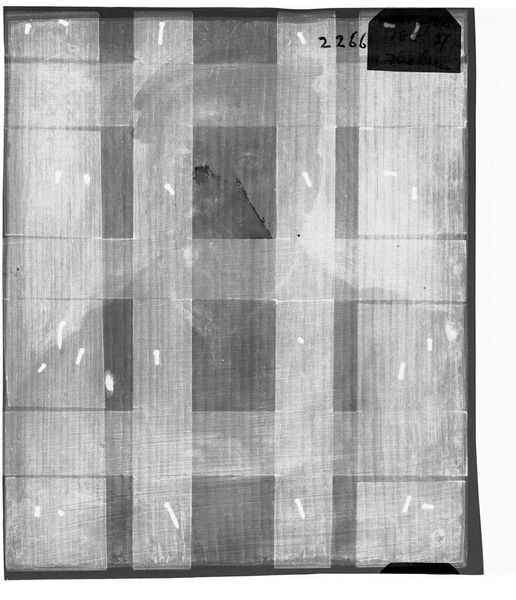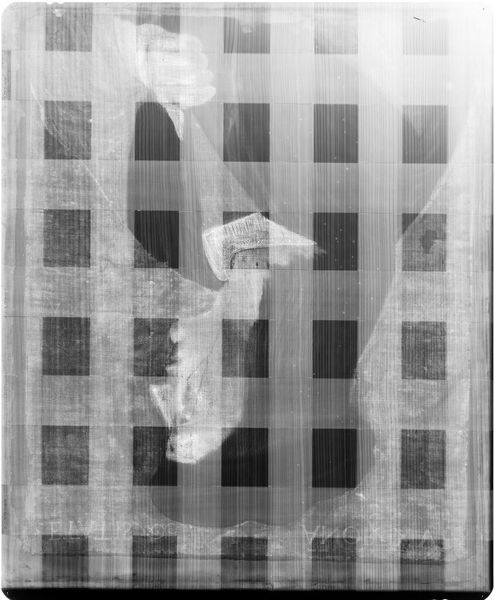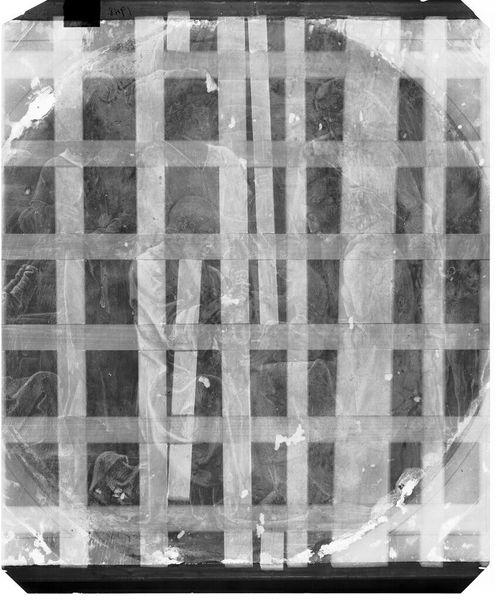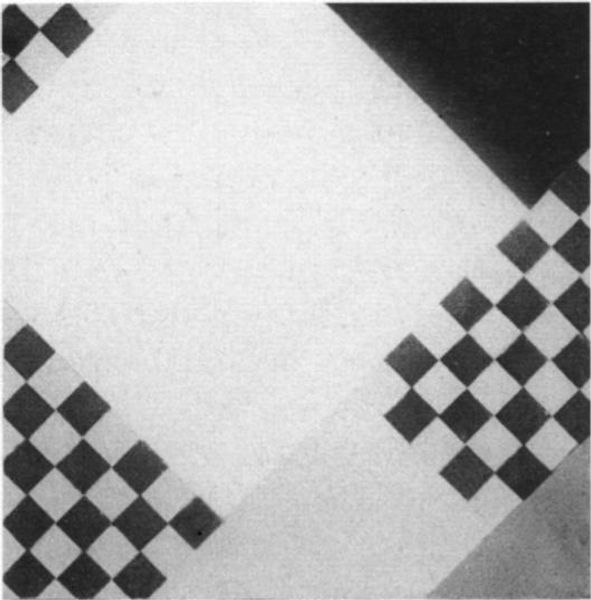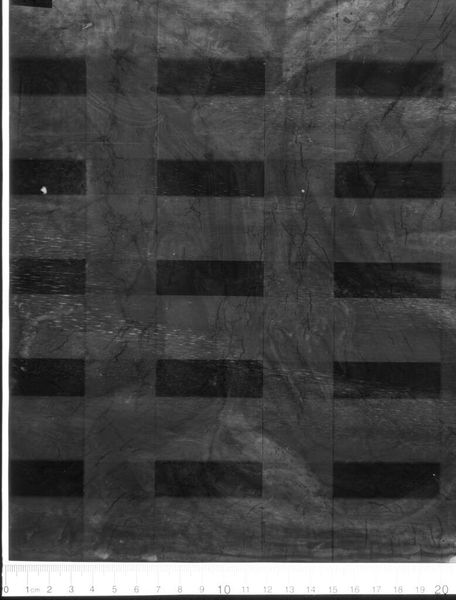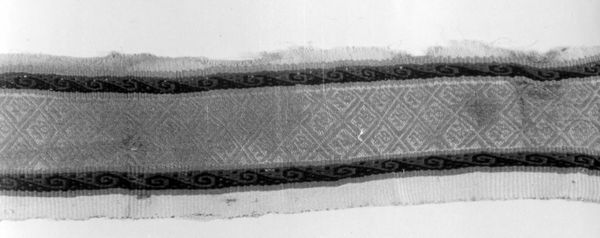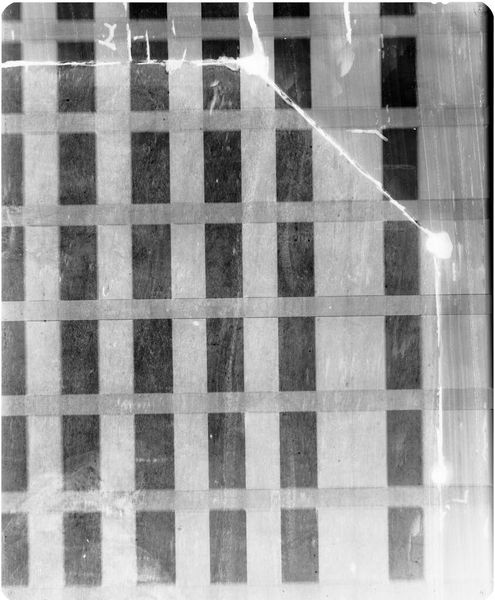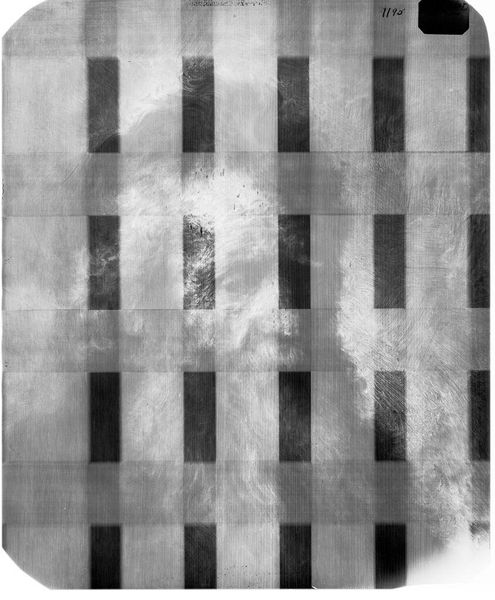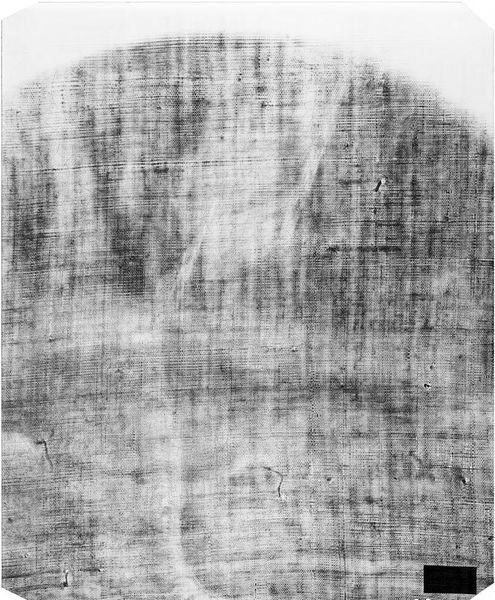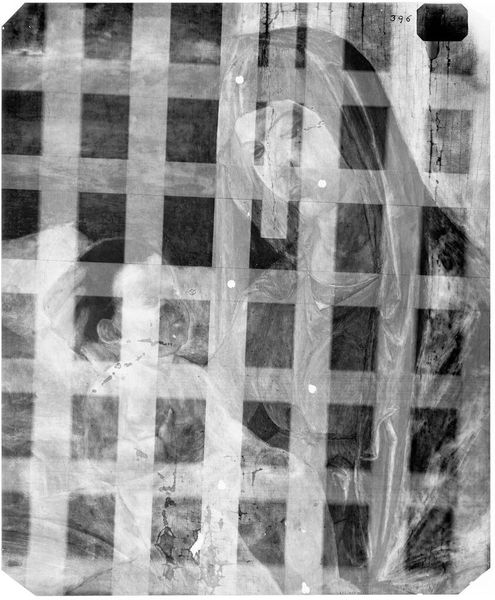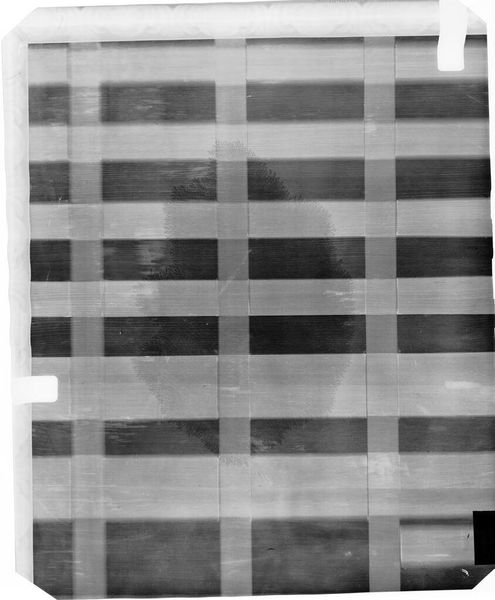
fibre-art, weaving, textile
#
fibre-art
#
sculpture
#
weaving
#
textile
#
geometric
#
indigenous-americas
Dimensions: 48.3 × 42.6 cm (19 × 16 3/4 in.)
Copyright: Public Domain
Editor: Here we have "Fragment (From a mantle)" by the Tiwanaku people, made sometime between 1000 and 1532. It's a textile weaving, and the geometric patterns really strike me – what stands out to you in terms of its cultural meaning? Curator: I'm immediately drawn to the incredible labor involved in producing this fragment. Think about the sourcing of materials – the cotton or wool, the dyes derived from plants or insects. This wasn't mass-produced; it was the result of skilled handiwork, weaving traditions passed down through generations. Consider how the creation of such a piece impacted the social and economic structure. Who had access to these materials? Who had the time and skill to create it? Editor: So, you're focusing on the social implications embedded within the making of the textile? Curator: Precisely. It challenges this idea of the artist as a singular genius and highlights the collective effort, the knowledge systems embedded within craft traditions. Do you notice any clues in the materials that could imply how its production impacted local systems of resource distribution? Editor: Well, thinking about that, the survival of such fragments might indicate that the materials were specifically chosen to resist degradation over time. That suggests both intentionality in craft and possible constraints imposed by limited availability. Curator: Exactly! This limited access, this specific kind of knowledge and labor, can we see its effects on representation and the symbolic meaning ascribed to those geometries? The creation and eventual deployment of these motifs clearly required unique means, making visible who controls what processes, right? Editor: Absolutely, thinking about it that way really opens up new ways of thinking about indigenous art and the values it holds. I see now that considering the social and economic background opens doors for us to see the meaning, function, and value behind a textile object, where simple looking geometries in fact embody complex cultural understandings. Curator: Indeed, examining its materiality allows us to move beyond aesthetic appreciation and engage with the complex web of relationships that shaped its creation and meaning.
Comments
No comments
Be the first to comment and join the conversation on the ultimate creative platform.
